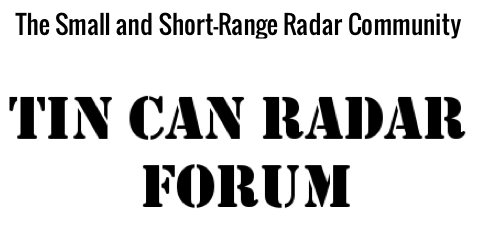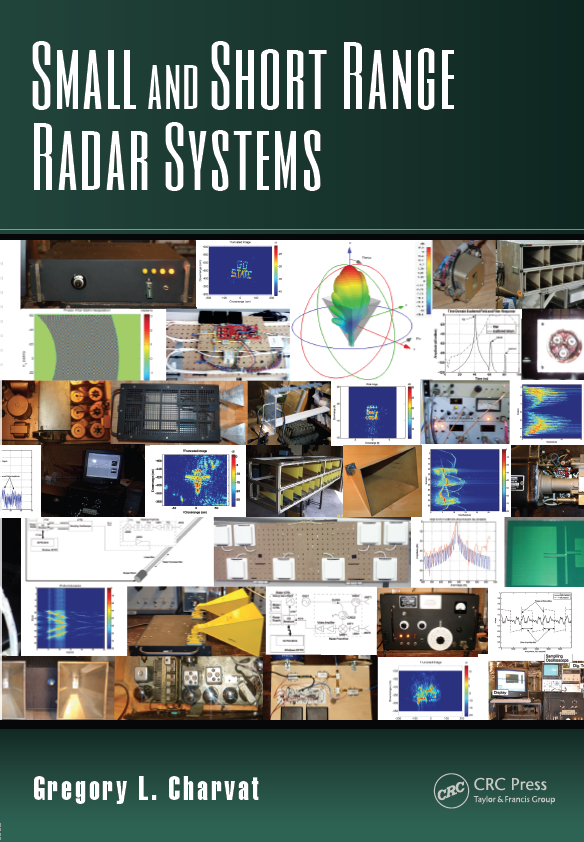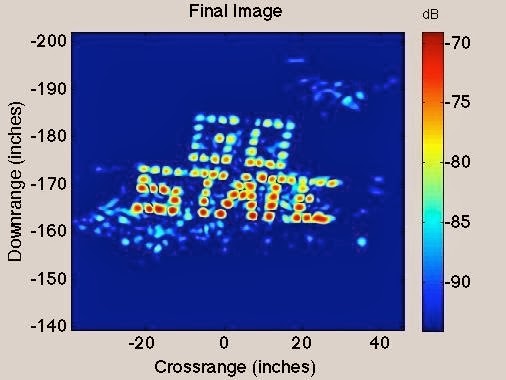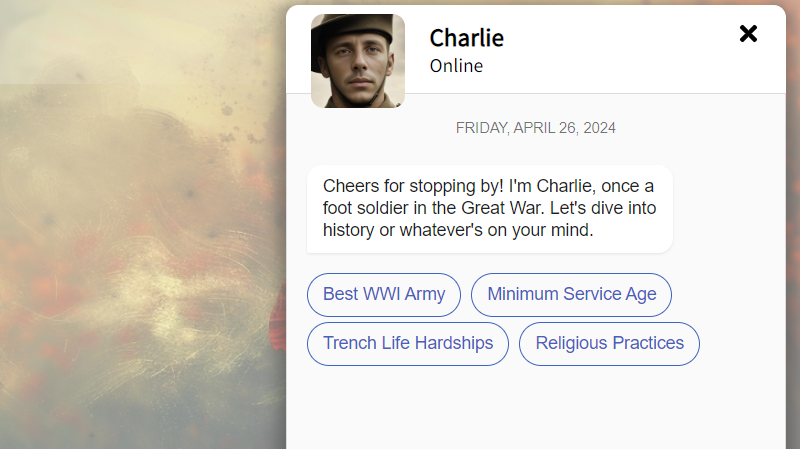Dr. Gregory L. Charvat, Mr. Jonathan H. Williams & Dr. Alan J. Fenn, Dr. Stephen M. Kogon, Dr. Jeffrey S. Herd
Mon Jan 10, Fri Jan 14, 21, Mon Jan 24, Fri Jan 28, 10am-12:00pm, TBD
Enrollment limited: advance sign up required (see contact below)
Signup by: 07-Jan-2011
Limited to 24 participants.
Participants requested to attend all sessions (non-series)
Prereq: Participants supply their own laptop with MATLAB installed
Are you interested in building and testing your own imaging radar system? MIT Lincoln Laboratory is offering a course in the design, fabrication, and testing of a laptop-based radar sensor capable of measuring Doppler, range, and forming synthetic aperture radar (SAR) images. You do not have to be a radar engineer but it helps if you are interested in any of the following; electronics, amateur radio, physics, or electromagnetics. It is recommended that you have some familiarity with MATLAB. Teams of three will receive a radar kit and will attend a total of 5 sessions spanning topics from the fundamentals of radar to SAR imaging. Experiments will be performed each week as the radar kit is implemented. You will bring your radar kit into the field and perform additional experiments such as measuring the speed of passing cars or plotting the range of moving targets. A final SAR imaging contest will test your ability to form a SAR image of a target scene of your choice from around campus, the most detailed and most creative image wins.












